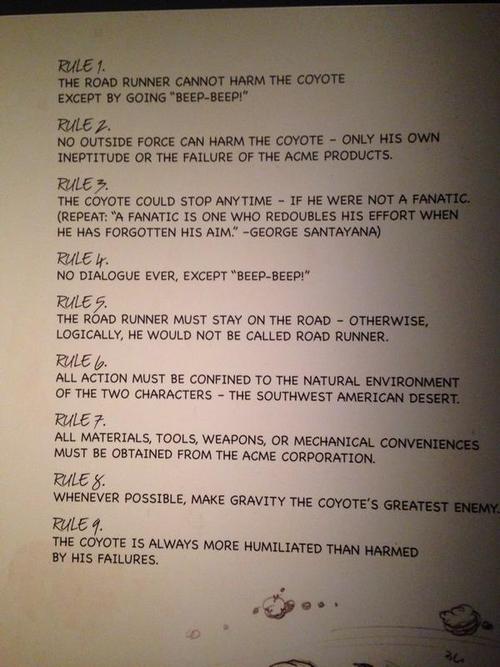
If Your Brand Voice Guide is nothing but a word cloud of aspirational adjectives, it’s a worthless document.
Most style guides are useless.
And, no, I’m not talking about visual style guides that specify fonts and logos and CMYK codes for brand colors.
I’m talking about style guides focused on Brand Voice — Copy Bibles, if you will. I’ve seen a few scores of them over the years, and 95% have been utterly worthless.
Why?
Because they mainly consist of Brand Voice descriptions along the lines of:
- “Widget Incorporated’s Brand Voice is mainly professional with a hint of humor.” Or
- “Our voice is human and quirky.” Or
- “ACME Corp is always respectful and honest in their communications.”
In other words, these documents are often nothing but an adjective word cloud put into guideline format.
There are no hard and fast rules (or even rules of thumb) in these so-called guidelines. Nor are there any practical directions around how the brand’s “humanity” (or whatever) will be communicated in a commercial, e-mail, or Web page.
And, no, grammar guidelines don’t count. Cutting and pasting various bromides from The Elements of Style into a Copy Bible won’t auto-magically produce a recognizable voice.
None of this stuff will let a professional copywriter (let alone your average employee) create copy that sounds “professional but quirky.” Or that has any kind of distinctive personality whatsoever.
The Road Runner’s Style Guide
Want to see a style guide done right? Here’s Chuck Jone’s style guide for The Road Runner Cartoons:

What’s great about this style guide?
- Notice that these aren’t guidelines; they’re freaking rules. Rules with words like “Never” and “Always” and “All” and “No.”
- Notice also that these rules are all astoundingly specific.
- Finally, and perhaps most importantly, these rules are aimed at establishing the internal logic of the Road Runner’s world.
Internal Logic, baby!
Because world building is what real writers worry about. And world building is all about establishing the internal logic, the limitations, and yes, the rules of a given world.
THIS is the stuff that creates a distinct voice and personality. This is the stuff that separates Star Trek from Star Wars from Dune. Different worlds, different internal logic, different ideas about what the characters can and can not do.
It’s why J.K. Rowling spent 5 years establishing the rules for Harry Potter before ever publishing the first book:
“The five years I spent on HP and the Philosopher’s Stone were spent constructing The Rules. I had to lay down all my parameters. The most important thing to decide when you’re creating a fantasy world is what the characters CAN’T do…you can tell with The Simpsons. It’s a work of genius. You can tell that they’ve structured it in such a way that they’re never at a loss for what their characters can and can’t do. That’s why they’re so believable — even though they’re little yellow people.”
If your Brand Voice guide or Style Guide doesn’t fit this profile — if it doesn’t build a world with internal logic and hard and fast rules — then you probably need to get yourself a new style guide, if not a new ad consultant altogether.
P.S. Hat tip to Suzanne Pope’s Ad Teachings blog for the image of Chuck Jones’ Road Runner rules.
P.P.S. After a bit more research, I found out that there were two more rules for The Road Runner:
- Rule 10. The audience’s sympathy must remain with the Coyote.
- Rule 11. The Coyote is not allowed to catch or eat the Road Runner.
- Getting a Foot in the Door — Of Perception - November 27, 2025
- What Digital Superstars Know About Offline Advertising - November 17, 2025
- Unmistakable: A Tale of Two Boots and Branding Done Right - November 8, 2025
